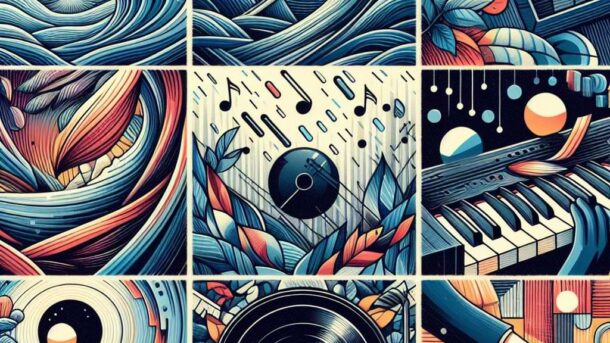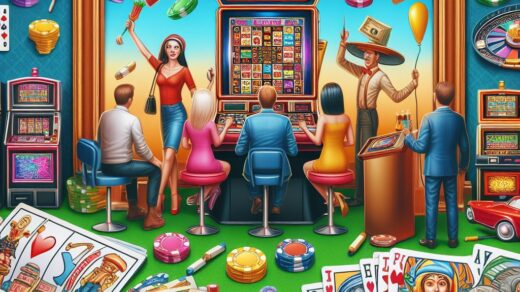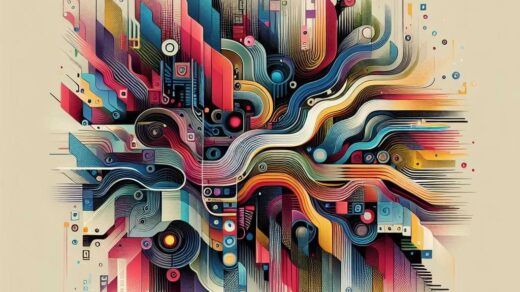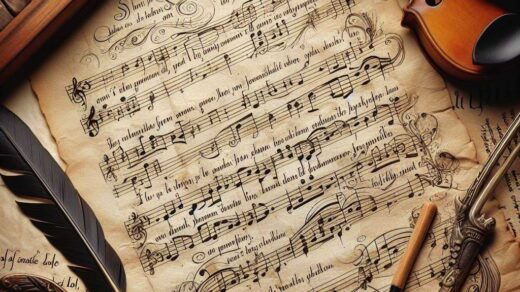olehova – Sound poetry is a unique form of artistic expression that transcends the traditional boundaries of written language. Unlike conventional poetry, which relies heavily on the semantic meaning of words, sound poetry focuses on the sonic qualities of language. It explores the rhythmic patterns, phonetic textures, and musicality of speech sounds to create immersive auditory experiences.
Origins and Influences
The roots of sound poetry can be traced back to the early 20th century avant-garde movements such as Dadaism and Futurism. Influential figures like Hugo Ball, Tristan Tzara, and Kurt Schwitters experimented with language, breaking free from conventional literary forms to explore the expressive potential of sound. These pioneers paved the way for the development of sound poetry as a distinct art form.
Elements of Sound Poetry
Phonetics and Phonology
At the core of sound poetry lies a fascination with the phonetic and phonological aspects of language. Sound poets manipulate speech sounds—vowels, consonants, intonation, and rhythm—to create rhythmic patterns and sonic textures. Through repetition, variation, and juxtaposition, they craft compositions that engage the listener’s auditory sense and evoke emotional responses.
Performance and Delivery
Sound poetry is inherently performative, often involving live vocal performances that blur the boundaries between speech and music. Sound poets use their voices as instruments, employing a wide range of vocal techniques—intonation, articulation, pitch, and volume—to convey meaning and emotion. Gestural expression also plays a significant role, with performers using body movements and facial expressions to enhance the auditory experience.
Contemporary Practices and Innovations
Interdisciplinary Collaborations
In contemporary practice, sound poetry intersects with various artistic disciplines, leading to innovative collaborations and hybrid forms of expression. Sound poets collaborate with musicians, visual artists, dancers, and multimedia creators to explore new avenues of creativity. These interdisciplinary collaborations result in immersive performances, installations, and multimedia works that challenge traditional notions of poetry and expand the boundaries of artistic expression.
Digital Technologies
Advancements in digital technology have transformed the practice of sound poetry, offering new tools and platforms for artistic experimentation. Digital audio editing software, electronic synthesizers, and sampling technologies enable sound poets to manipulate and transform sound recordings with precision and creativity. The internet provides a global platform for sharing and disseminating sound poetry, facilitating virtual collaborations and exchanges among artists worldwide.
The Impact and Significance of Sound Poetry
Provoking Thought and Emotion
Sound poetry has the power to evoke a wide range of emotions and sensations in listeners, transcending linguistic barriers and cultural boundaries. By foregrounding the sonic qualities of language, sound poets create immersive auditory experiences that stimulate the imagination and provoke thought. Whether through rhythmic repetition, harmonic resonance, or dissonant cacophony, sound poetry invites listeners to engage with language in a visceral and intuitive way, fostering a deeper appreciation for the inherent musicality of words.
Challenging Conventions and Stimulating Creativity
Sound poetry challenges conventional notions of language, communication, and expression, encouraging listeners to question their assumptions and explore new possibilities. By pushing the boundaries of linguistic convention and embracing the inherent musicality of words, sound poets inspire creativity and innovation in both artists and audiences. Sound poetry encourages us to listen actively, to engage with language as a living, dynamic medium, and to embrace the richness and diversity of human expression.
Sound poetry is a captivating and multifaceted art form that transcends traditional boundaries and challenges our perceptions of language and communication. Through its emphasis on phonetic experimentation, performative expression, and interdisciplinary collaboration, sound poetry invites us to explore the boundless potential of sound as a medium of artistic expression. As we journey through the intricate landscapes of sound poetry, we discover new ways of listening, new modes of expression, and new avenues for creativity and connection



